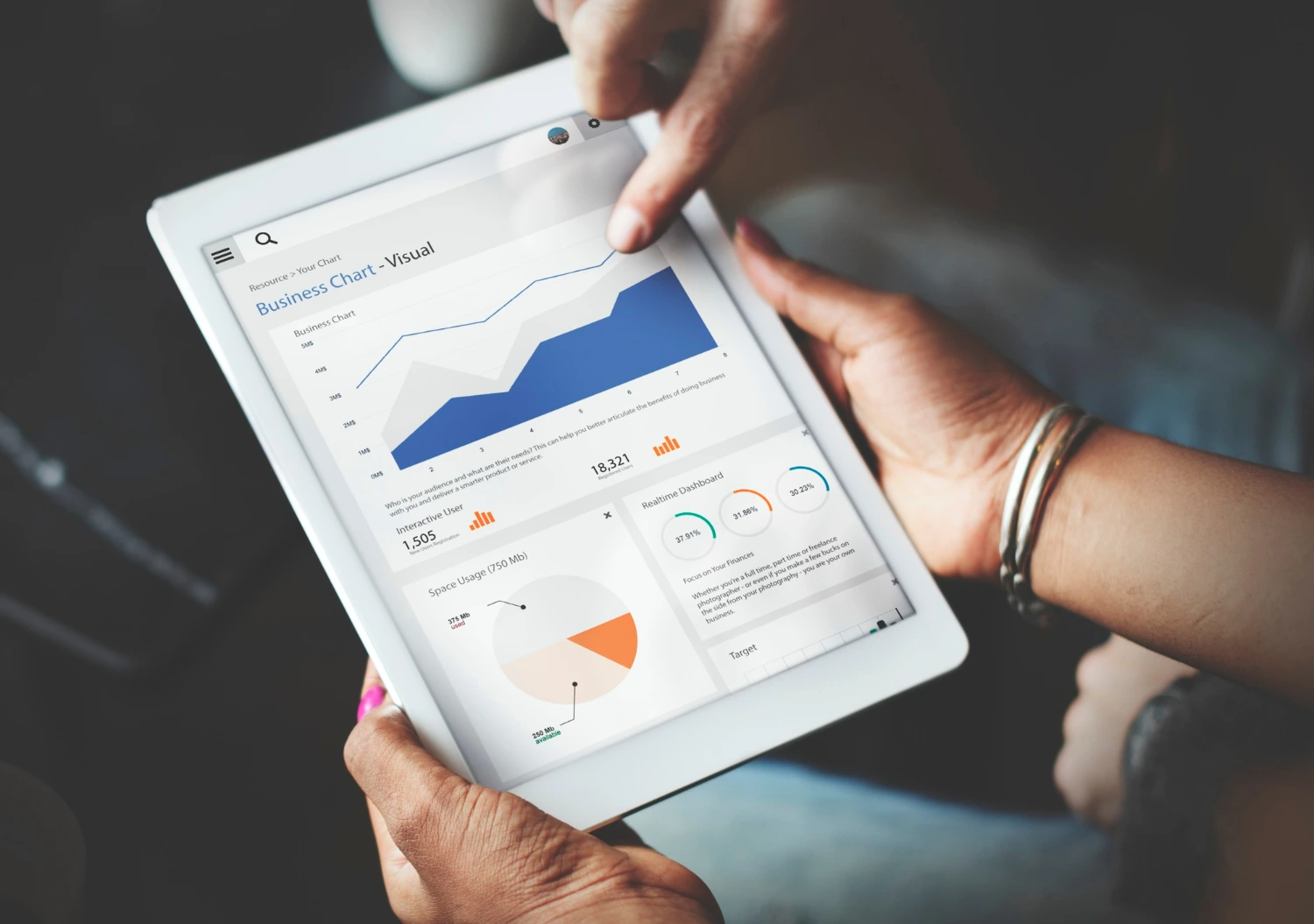
Case Study: Transforming Data Insights with Power BI Dashboard Development

Introduction
In the busy world of business, data-driven decision-making has actually become a crucial component for achieving competitive benefits. With business producing substantial volumes of data daily, the ability to examine and envision this information can substantially influence performance outcomes. This case research study checks out the successful implementation and advancement of a Power BI dashboard by XYZ Corporation, a mid-sized retail company seeking to boost its data analytics capabilities.
Background Data Visualization Consultant
Founded in 2010, XYZ Corporation has actually grown rapidly, managing several retail outlets throughout the area. Despite its development, the business battled with diverse data sources and cumbersome reporting processes. The management group acknowledged the need for a detailed analytics solution to combine data, enhance visibility into business operations, and enable more informed decision-making. After evaluating numerous business intelligence tools, they chose to execute Microsoft Power BI due to its easy to use interface, robust combination capabilities, and cost-effectiveness.
Objectives
The primary goals of developing the Power BI dashboard were:
- Centralizing Data Sources: Integrate data from different sources, consisting of sales records, client databases, and stock management systems.
- Enhancing Reporting: Shift from static reports to interactive control panels that supply real-time insights into essential performance signs (KPIs).
- Facilitating Data-Driven Decisions: Enable management and stakeholders to make educated choices based upon accurate, up-to-date data.
- Improving User Experience: Create instinctive visualizations that accommodate users with varying levels of technical proficiency.

Methodology
The development of the Power BI control panel followed a structured technique, incorporating several key phases:
- Requirements Gathering: The project group, including business analysts, data engineers, and crucial stakeholders, carried out workshops to determine specific reporting requirements and KPIs that were vital for business success. data visualization consultant included understanding various department needs-- from sales and marketing to fund and operations.
- Data Combination: Leveraging Power BI's data ports, the group incorporated data from several sources, including Excel spreadsheets, SQL databases, and cloud-based applications. During this stage, the group also ensured data quality through cleansing and transformation, ensuring that users would rely on accurate data.
- Dashboard Design: Interface design concentrated on producing a easy to use and visually attractive dashboard. The team used finest practices in data visualization, such as utilizing clear labeling, suitable chart types, and color coding to differentiate data sections. This design technique was constantly refined based upon user feedback throughout the advancement phase.
- Development and Testing: The dashboard was developed utilizing Power BI Desktop, including numerous visualizations like bar charts, line charts, and geographic maps to show sales efficiency, customer demographics, and inventory levels. Rigorous testing guaranteed the accuracy of all data representations, as well as the responsiveness of the control panel.
- Deployment and Training: Once the control panel was completed, the group deployed it to the Power BI Service, making it accessible to users across the company. Comprehensive training sessions were held to familiarize workers with the brand-new tool, teaching them how to utilize its functions, translate data visualizations, and extract significant insights.
Results
The execution of the Power BI dashboard yielded substantial improvements for XYZ Corporation:
- Improved Accessibility to Data: With centralized data in one control panel, departments no longer operated in silos, promoting partnership and improving information sharing throughout the company.
- Enhanced Decision-Making: Management reported a significant improvement in decision-making speed and precision owing to real-time data insights. For example, marketing might examine customer acquiring patterns and change campaign methods on the fly.
- Increased Efficiency: The time invested on producing reports reduced dramatically. What formerly took days of manual data processing might now be accomplished in minutes, allowing workers to focus on more strategic jobs.
- User Engagement: Employee engagement with data analytics increased substantially, as users were empowered to check out the control panel independently, causing a data-driven culture throughout the organization.
Conclusion
The development of the Power BI control panel at XYZ Corporation exhibits the transformative power of modern-day data analytics tools in facilitating informed business decisions. By centralizing data, enhancing reporting procedures, and boosting accessibility, the business not only enhanced its functional effectiveness however also promoted a culture of data-driven decision-making. Other organizations can glean important insights from this case research study and think about executing comparable solutions to harness the power of their data for sustained development and competitive advantage. As businesses continue to evolve in the data landscape, welcoming tools like Power BI will stay necessary for success.
